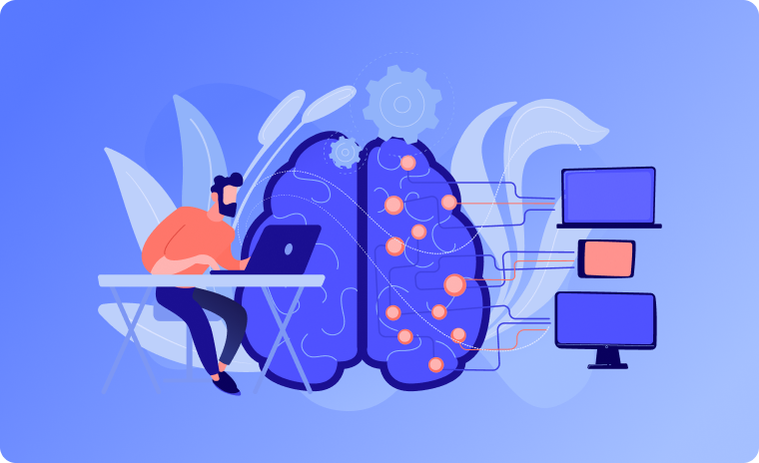Is No-code the Future of Software?
The dizzying speed of technological change raises all sorts of questions among the tech audience. Some of those questions naturally involve the future of coding. Coding may look enigmatic and scary to regular people—it evokes something like alchemy or black magic in their minds. Even the mere promise of a breakthrough that can possibly replace coding with something more intelligible to the general public is enough to grab headlines. But is it possible? Are the days of text-based coding numbered? And will it be no-code that replaces it?
Code is basically a medium to tell your computer what to do. Everything in our daily lives that run on a piece of software is actually running on code. As a result, the hectic change going on around us that we witness everyday is driven by code. The only thing slowing down this process is the bottleneck caused by the availability of the developer talent. We don’t have enough developers, and the pace at which our education system produces developers cannot keep up with the increase in demand for developer talent. Software will keep diffusing throughout our lives regardless, from our smart homes to self-driving cars to task automation apps we use for our jobs. If there aren’t enough developers around, smart people will find new ways of producing software and fill in for developers.
The future of software will not be so much about replacing text-based code but making software more accessible to the general public. Satisfying the ever-increasing demand for software will be a tall order for the limited number of developers, so more people should join the ranks. However, there is a catch: Learning how to code is no easy business, and training more developers to satisfy the demand for software is not a feasible idea. Thankfully, there is no-code, which can take care of the majority of use cases regular people need software for. With that in mind, emergence of some kind of stratification looks highly likely in the production of software: While products that require sophisticated engineering will rely on text-based code, regular people, most of them domain experts, will be creating the bulk of less complex software products on no-code platforms.
No-code is currently the most promising solution to deal with the bottleneck checking the further diffusion of software into our lives . As of now, well-defined and repetitive tasks are the low-hanging fruits for no-code technology—it already works wonders with such stuff. However, with no-code platforms acquiring new capabilities, they will start to branch out into fields where text-based code has been the only option so far.
So, yes, no-code is the future of software. It is what will take the software to the masses. But no, no-code will not replace coding. Principles of text-based programming languages will still hold for the foreseeable future. Understanding the fundamentals of and the logic behind coding will give no-code users a huge advantage in creating sophisticated apps. After all, the boxes and arrows we use to form workflows in a visual design environment are nothing but representations of functions and data, respectively. And the drag-and-drop design itself is a programming language, albeit one that is not text-based. It just happens to operate at a higher abstraction level with more constraints in place. Therefore, coding will not be replaced but rather transformed, and no-code is the next step in its evolution.




 Please
fill out this field
Please
fill out this field









